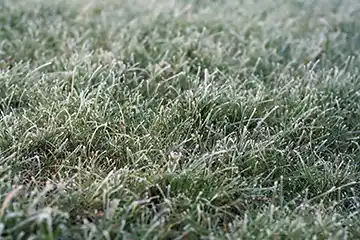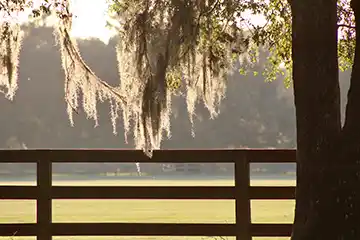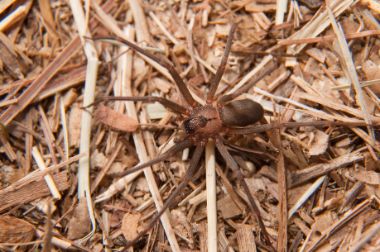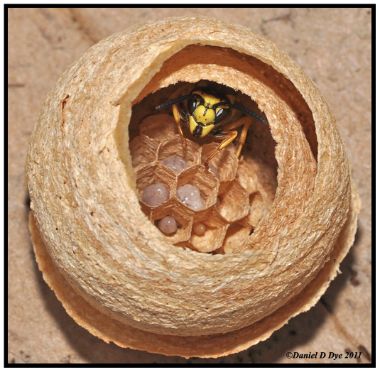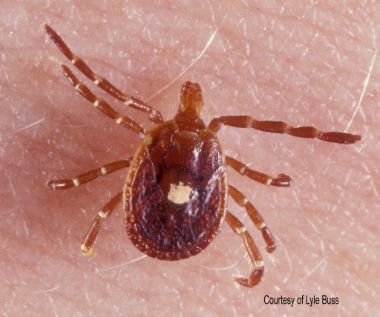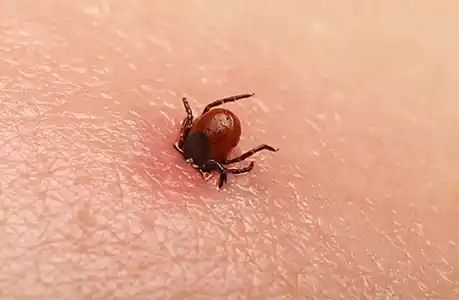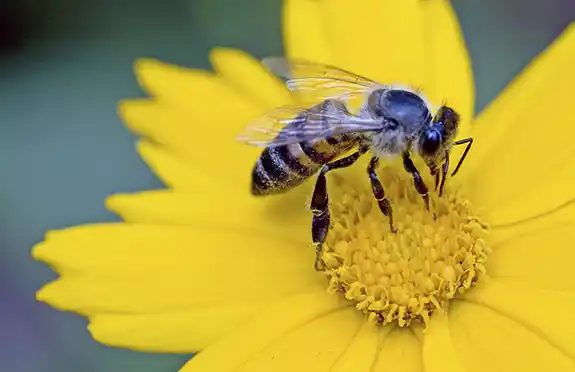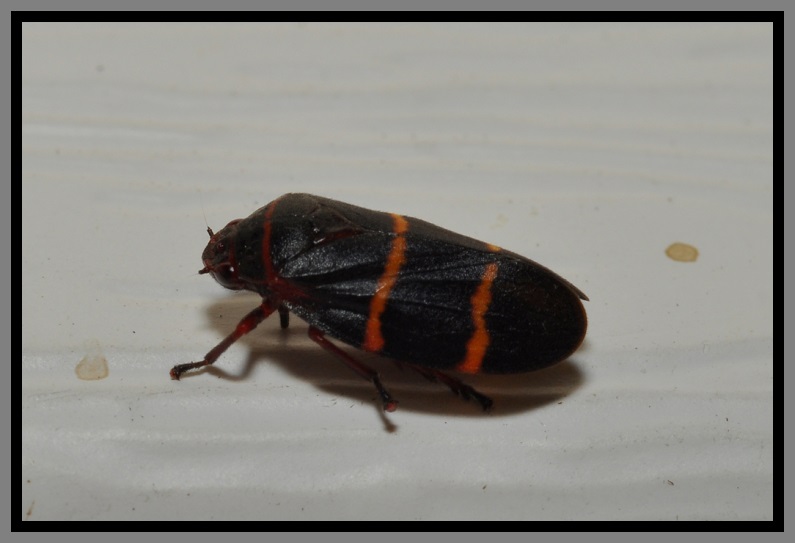With all that being said, if you suspect your lawn has received some cold or frost damage, there are some steps you can take to determine the extent. Start by raking the dead areas to expose the base of the grass. If it’s cold damage, all parts of the grass will be dead all the way down to the roots. With frost damage, the base of the grass will still be green. Frost-damaged grass should recover when the spring warm-up rolls around. Any areas that have died should be renovated to prevent weeds from taking over.
A heavy layer of leaves still left on the grass can promote disease, so these leaves should be raked up or mowed. Mowing the leaves will allow the smaller pieces to decompose faster and return nutrients back into the soil.
Don’t be tempted to remove or prune a shrub that may appear dead or damaged from the cold. The brown leaves are just a sign of what is happening on the surface of the plant. If you scrape a small section of a branch, you’ll reveal what’s going on below the bark. If it’s green at the cambium layer, which is just below the bark, the branch is still alive. If it’s brown, then that part of the branch is dead.Some branches may fail to show signs of life in the spring while other branches are sprouting buds. If this occurs, you should prune back the dead branches on the shrub. If you have plants that don’t respond in the spring, replacing those plants is recommended. Now is a good time to transplant shrubs while they’re still dormant. Transplanting during dormancy will help prevent the plant from going into shock, allowing a smoother transition into the spring greening.
Spring is a great time to fertilize your shrubs. Your shrubs will be healthier, look better and the fertilizer may even help in resisting next year’s cold weather. Florida Pest Control has a wonderful program that controls pests on your shrubs and fertilizes your shrubs, as well. For more information, contact us. Your shrubs will thank you for it!

